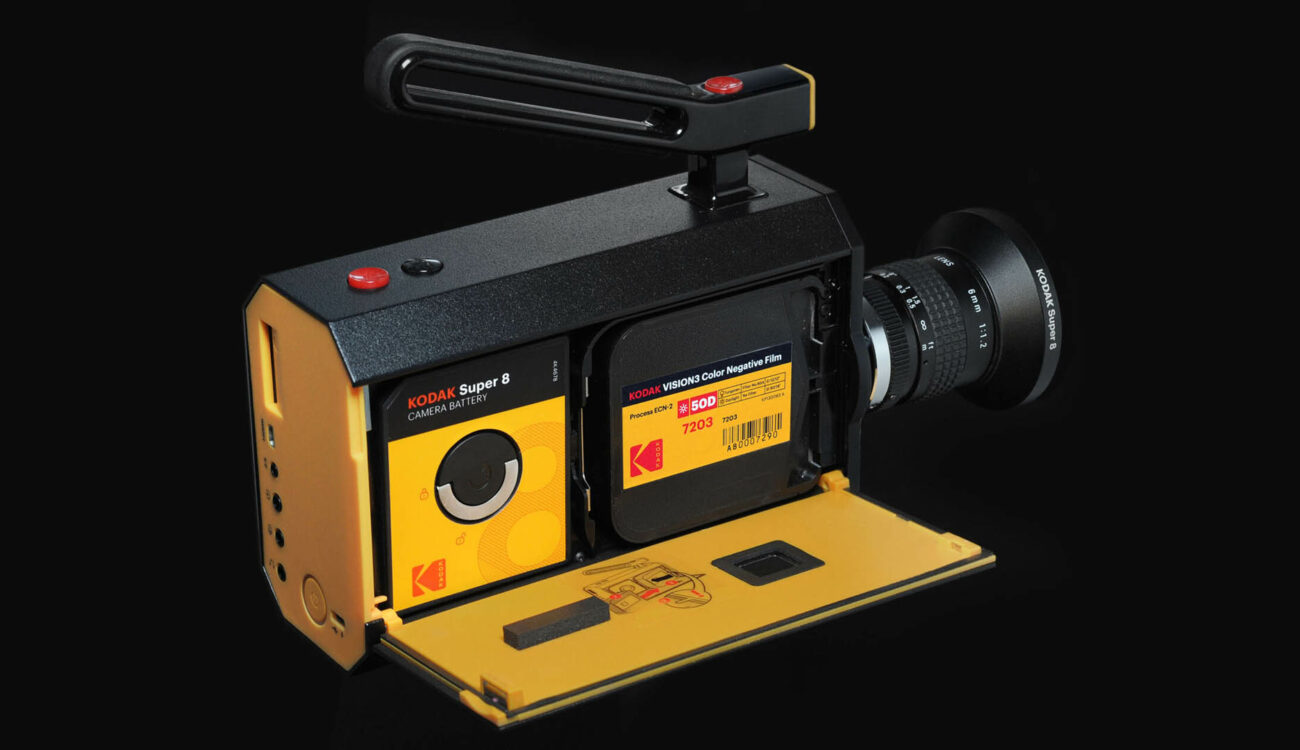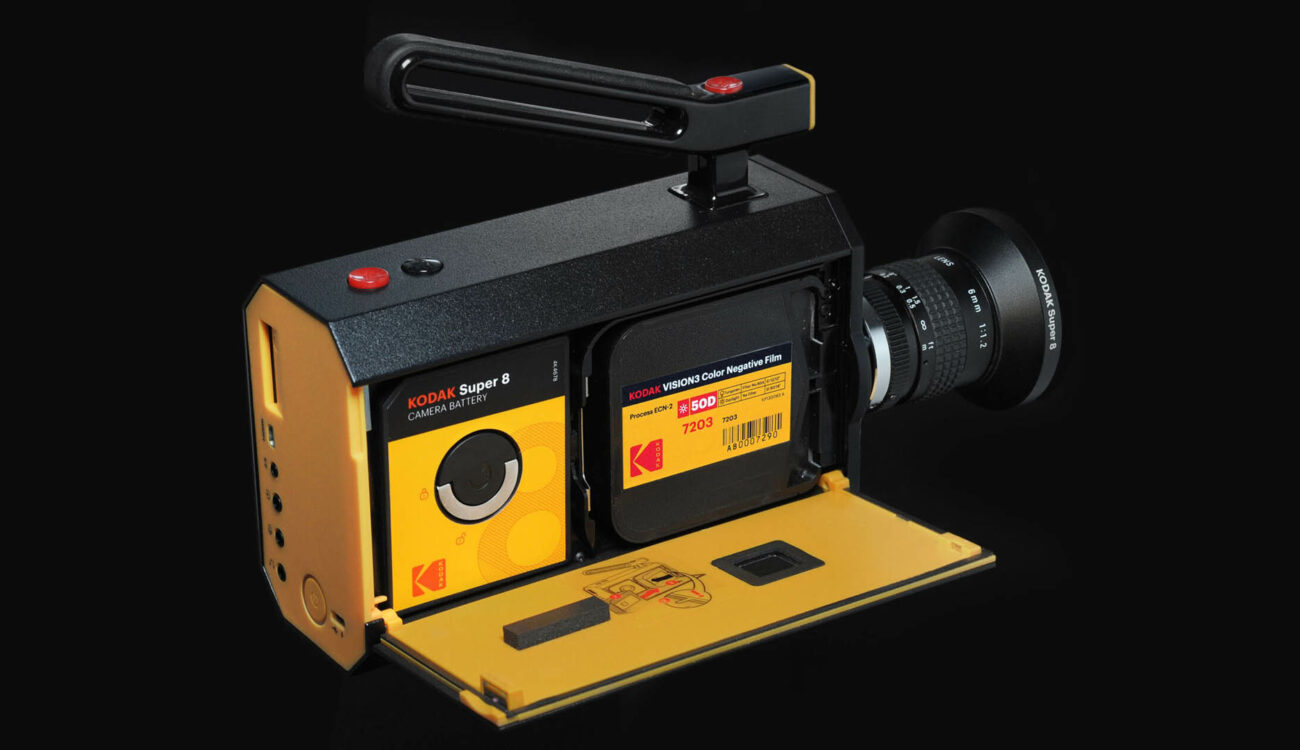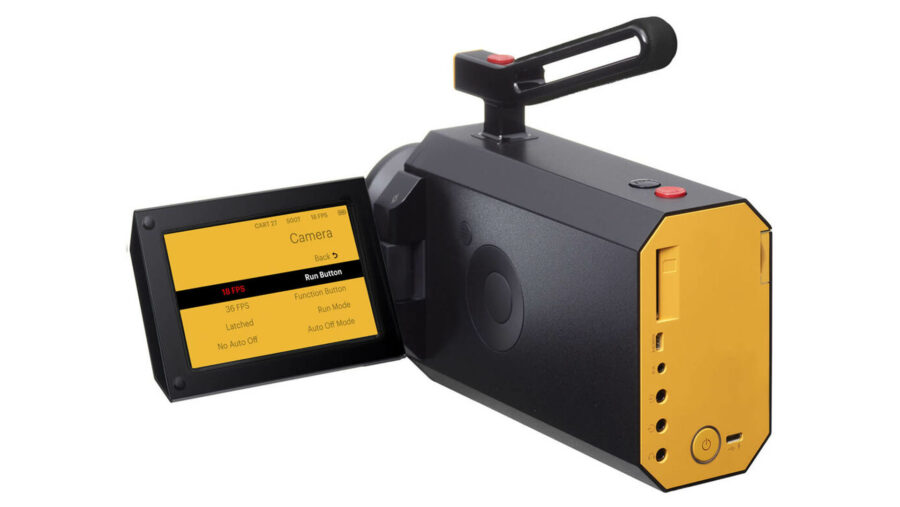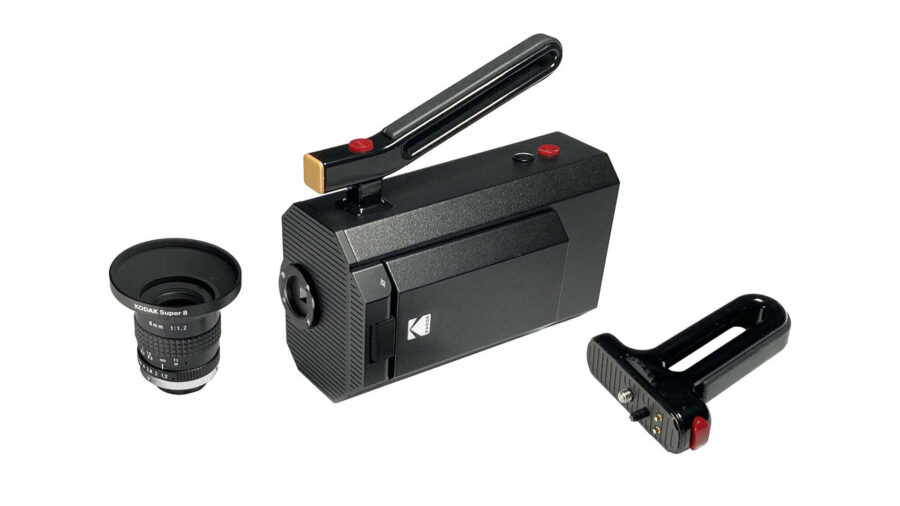

The Kodak Super 8 Camera is unique. It’s also pretty hard to come by, which makes B&H’s review unique on its own. The superstore’s crew put the camera through its paces in what might be the first independent, hands-on review of the Kodak Super 8. The camera combines analog Super 8 capture with digital monitoring and sound recording, setting it apart from vintage Super 8 cameras.
B&H’s review shares the Kodak Super 8 footage taken in various ambient conditions and settings – from the sunny streets of New York City to the darkness of a subway station, from direct sunlight flairs to the effects of rendering neon lights on the analog media.
The video also reviews the camera’s unique workflow, which sets it apart from other Super 8 options. The Kodak Super 8 uses a hybrid system, mixing analog and digital mechanics into one tool. While visual capture is strictly analog, the camera records digital audio (only 16-bit), which is synced in post. Additionally, the Kodak Super 8 stands out for its digital LCD screen as its main (and only) means of frame indication (though bear in mind it doesn’t indicate exposure), as it is the only Super 8 camera that uses one. The LCD-based operation will enable vari-angle shooting, and the contemporary menu system should ease the pain of getting into analog filmmaking. But the most prominent “analog ache” lingers with this innovative camera.

The price
The Kodak Super 8 camera may challenge some conventions regarding analog filmmaking, but I’ll argue that the biggest challenge posed is the price. “The camera is the affordable part of analog filmmaking”. Well, this one comes at a price that very few others can touch: $5,495. The camera has come a long way since its initial announcement in 2016(!). Back then it was estimated at around $400 and then quickly modified to $750. That included a develop, scan, and cloud upload service since then abandoned. While the package does contain a film cartridge, bear in mind that one of those will give you 2-3 minutes of footage (depending on frame rate), and additional cartridges are priced around $40-$50, excluding development and scan.
Who is it for
Looking at the Kodak Super 8 design and specs, I’m thinking of indie filmmakers, students, experimentalists, and plain hipsters – even niche and boutique wedding filmmakers and commercial videographers come to mind. But then there’s the price tag. For about the same price as a RED KOMODO 6K and over twice that of a Blackmagic Cinema camera, whether it’s the full frame or the Super 35 PRO version, I can’t justify this kind of investment, and that’s before I include the cost of the actual filming materials, plus the development and scan costs. So, as hip as the Kodak Super 8 might look, I believe it will only be found at rental houses and in larger studios.

Alternatives
As mentioned, the Kodak Super 8 has no direct competitors as it is a peculiar analog-digital hybrid. It does, however, have some non-direct ones, once one splits analog from digital. Let me explain:
Analog alternatives
The world of used vintage Super 8 cameras spreads far and wide. A multitude of models from various manufacturers are still available today. These cost a fraction of the Kodak Super 8. That said – they won’t be nearly as convenient to use, especially if you’re used to contemporary cameras.
Digital alternatives
The Kodak Super 8 costs as much as some very capable digital cine cameras. I believe both the RED KOMODO 6K and Blackmagic Cinema cameras such as the Cinema Camera 6K or the BMPCC 6K PRO are the best candidates since both provide ample RAW data that can later be tweaked to various analog looks. The original BMPCC may also fit the bill with its smaller sensor. True – no digital sensor can fully replicate the film look, nor can it provide a similar workflow, but it may come close and have ample advantages regarding latitude, resolution, noise, and dynamic range.
Price and availability
The Kodak Super 8 camera will set you back $5,450. It’s only available through Stock Alert requests on a first-come, first-serve basis at B&H, or directly through Kodak’s dedicated website.
Will you consider buying a Kodak Super 8 camera? Are you more likely to rent one once they hit the rental shelves? Would you prefer any of the suggested alternatives? Let us know in the comments.






